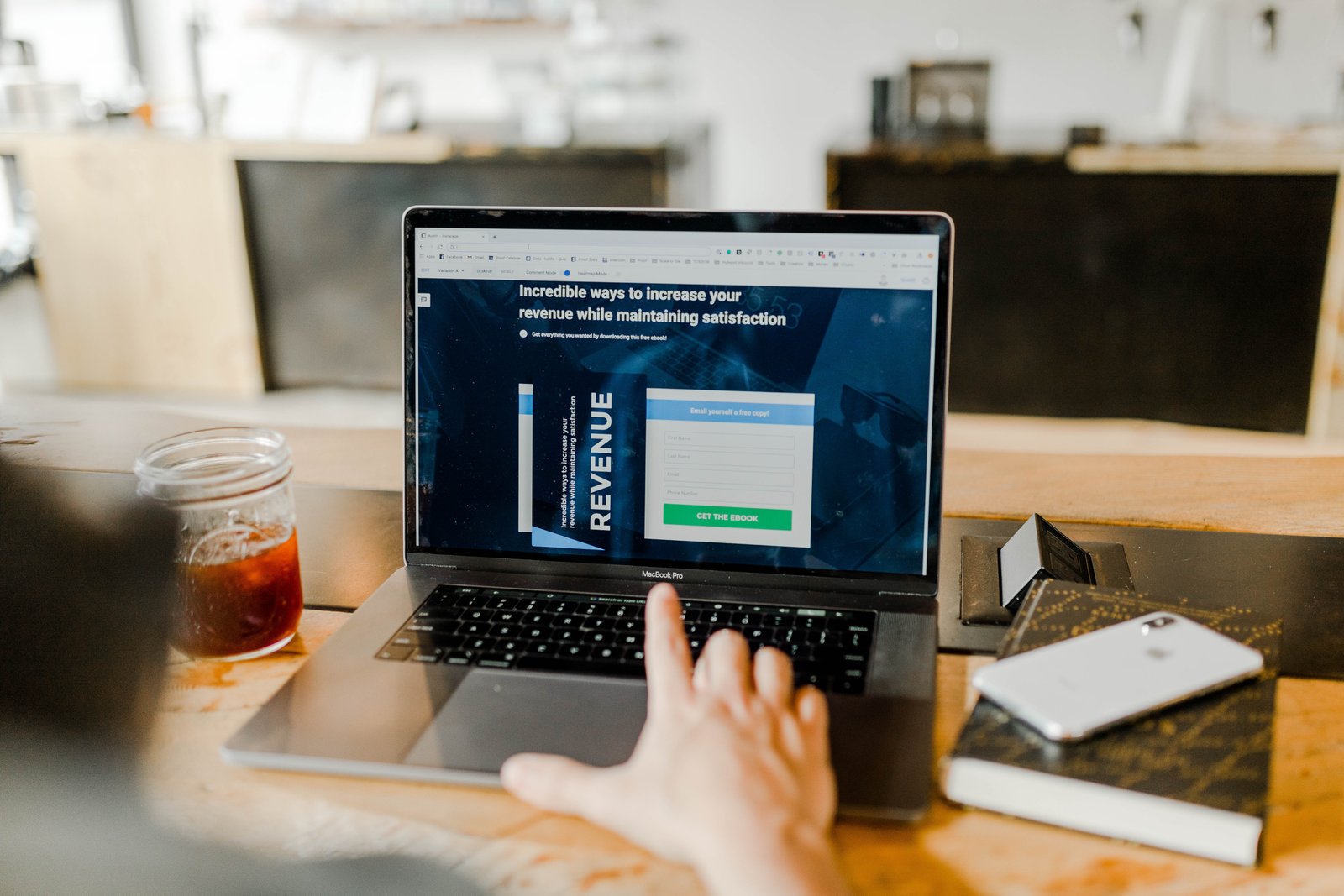Being able to access information with a click of a button has drastically changed buying behaviour. More and more buyers are now spending time researching to learn more about a product or service they intend to buy.
When buyers have questions, businesses can help answer. The best time to help buyers with their questions is through the buyer’s path to purchase, known as the buyer’s journey.
What is the buyer’s journey?
According to HubSpot, the buyer’s journey is a process buyers go through to purchase a new product or service.
Buyers spend time considering and evaluating the best solution to their problem before they decide to make a purchase.
While outbound marketing tells people why they need the product, inbound marketing educates people so they can decide whether they want a product or not. When it comes to the inbound methodology, the buyer’s journey should be an essential part of your content strategy.
By understanding your buyer’s journey, your business can help provide relevant information that is tailored to understanding and solving your buyers’ problems.
There are three stages to the buyer’s journey:
- The awareness stage: buyer becomes aware they have a problem. Initially, buyers spend time researching online in order to better understand their problem.
Your business can help a buyer define their problem by creating content, most popular being blog posts, but also whitepapers and infographics.
Content at this stage should be found easily on search engines, as this is where buyers start conducting their research. According to BrightEdge Research, 68% of all trackable website traffic comes from organic and paid search.
By releasing online content, you can help educate buyers about the problems they are facing.
- The consideration stage: buyer understands their problem and considers ways to solve it. At this point, buyers are committed to finding solutions to their problem.
Through content such as guides, webinars and product feature videos, your business should provide solutions that solve the buyer’s immediate problem.
This is a great time to explain how your product or service can alleviate your buyer’s problem.
- The decision stage: buyer decides on the right course of action to fix their problem. At this stage, buyers have decided on a solution and are ready to make a purchase.
Point out how your product or service provides value to the buyer that competitors miss out on. Content can include case studies, testimonials and free trials.
Your business should be ready to sort any queries a buyer may have before their purchase.

Breaking down the buyer’s journey into three stages allows specific content to become relevant to buyers at specific times.
According to the 2014 B2B Buyer Behaviour Survey, 61% of respondents agreed that the winning vendor delivered an appropriate mix of content for each stage of the purchasing process.
So identifying these stages in the buyer’s journey is vital to figuring out how online behaviour changes as buyers move towards a purchase.
But it is important to understand that the buyer’s journey is only a linear purchasing process. In reality, many buyers move around these stages until they feel confident about their final decision.
Another factor to think about is your buyer personas, as semi-fictional projections of your ideal customers shape what content you’ll be making. While buyer personas help create relevant and useful content, the buyer’s journey directs this content to each persona at each stage of the buying process.
With appropriate content at every stage, your business will nurture buyers along the buyer’s journey to generate leads and eventually valued customers.
Why does the buyer’s journey matter for your business?
The buyer’s journey helps your business become aware of the problems buyers face throughout their purchasing journey.
By taking action to resolve any issues, your business will provide a good experience for buyers during their buying journey. If done well, they might recommend your product or service to other potential buyers.
Knowing how buyers purchase your product or service can shape your marketing and sales strategies. On average, sales opportunities increased by 20% from leads that were nurtured with targeted content.
By providing answers and value at every stage, buyers will be able to make informed decisions that solve their problems. Over time, your business will be equipped at handling buyers at every stage of the buyer’s journey.
To Summarise
Creating a map of your buyer’s journey is vital to your inbound marketing strategy.
With relevant and targeted content at every stage of the purchasing process, your business will provide value to your audience, bringing traffic to your website and generating more purchases.
By adopting the buyer’s journey, a buyer can become a regular customer that keeps coming back to your business.
If you want to refine your inbound marketing strategy, Floodmaker can help – take a look at our website to find out more!
